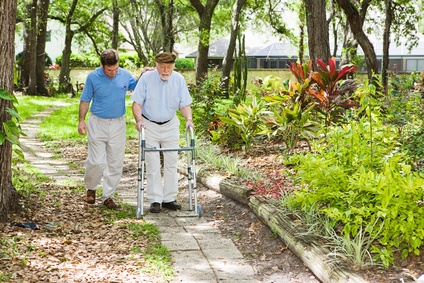Energy efficiency is a hallmark of healthy human walking, but can become impaired when the legs do not provide symmetric push-off. Our recent analysis of gait following stroke has identified a consistent mechanical asymmetry between the limbs, which is analogous to driving a car by alternatively slamming on the gas, then the brake with each step. Like poor gas mileage in a car, we propose that this is energetically costly to the human body, but can be fixed by providing appropriate forces to ensure smooth forward (anterior) progress of the body’s center of mass (COM). Although gait requires the COM to maintain a ‘nearly’ constant anterior speed, nearly all literature on COM movement has focused on vertical fluctuations. Here, we will address an imposed force on the COM as a potential therapeutic target to restore optimal mechanics and energetics of gait for individuals post-stroke.

Contact Person
Michael Lewek, PT, PhD 919-966-9732
Investigators and Key Personnel
Principal Investigator: Michael Lewek
